If you’re a runner, and particularly if you’re a female runner, you’ve probably heard at one point or another that you don’t need to weightlift. You’ve probably been told that lifting weights will make you “big” or “bulky” and that, especially if you’re a runner, being any “bigger” or “bulkier” than you need to be will simply slow you down, which is about the worst thing that could happen to any runner out there (barring injury). You’ve probably been told that runners ought to be as “lean” and “toned” as possible and that lifting weights isn’t exactly conducive to either of those goals or attributes.
Sound familiar?
Unfortunately, the world in which we live is saturated with nonsense like this. Runners seem to think that running is the only way they will get strong and healthy and stave off injury, and most of the time, they won’t even enter a weight room until — and unless — they’re injured and have been told that they don’t yet have the medical clearance to go for a run.
Again: sound familiar?
Here’s the thing: yes, in order for runners to get stronger, faster, and to remain healthy and injury-free, of course they need to run. That goes without saying and what the principle of specificity is all about, much in the same way that in order for a basketball player to get better at basketball, it’d behoove him/her to spend lots of time on the court, not doing something else, like roller-skating. However — and this is a big however — weightlifting can and does actually play a huge role for runners, much to their chagrin, some of the time.
Below, I’ll talk about some the more popular weightlifting myths for runners, bust them, and explain why runners should befriend the weight room sooner rather than later.
Myth 1: lifting weights will make you big and bulky (and thus slow you down). This one is the holy grail of myths, especially if you’re a woman. When people imagine weightlifters, they think of the pros, the bodybuilders loaded up on who-knows-what supplements and steroids, and naturally, who would want to look like that, particularly women?! Fear not, though, because a) pros lift way, way more than you, as an amateur would; b) pros use all sorts of assistive substances to gain muscle mass, sometimes in ways that are questionably legal, at best; and c) most importantly, women can’t put on that type of “big” and “bulky” muscles because it’s all but physiologically impossible due to the substantially lower levels of testosterone in their bodies. Think about it: if you’re a runner, you’re probably going to lift only twice, maybe three times a week, and for not longer than 20 minutes at a time. There’s no way that that little and infrequent lifting could make you look like that. Plus, in terms of aesthetics and speed, take a look at any Olympic- or professional-level runner, and you’ll see that they often spend copious amounts of time in the weight room, second only to their running. You’ll notice that their arms, legs, stomachs, backs, buttocks — basically every part of them — are completely ripped … and yet they’re obviously not getting slowed down for it. Please put this myth to rest and trust that you’re better off for lifting than not.
Myth 2: lifting weights won’t help make you a stronger runner. Ask any runner who’s ever been injured, and you’ll have tons of assertions refuting this claim. As runners, you become very adept at moving in one plane of motion — forward, sagittally — and thus, make really strong muscles in that plane of motion. However, everything else — all your other muscles that you implicate when you move in different planes of motion — become fairly weak and can’t always handle the workload they get, in the rare times when they get something. Lifting weights helps to correct these muscular imbalances. Runners may have superior-level of strength in their quads, for example, but their hamstrings or gluteus medius may be totally worthless and weak. Your calf muscles may be strong, but the little, itty bitty muscles in your feet or in your hip flexors may be tight and neglected. Lifting weights helps to rectify these imbalances and in the process, can help stave off injury, too. While you can’t necessarily attribute your latest PR in the marathon to your new one-rep max in your bench press, you can say that getting in — and continuing to go to — the weight room each week has helped you make each starting line of your season. Again: look at the professional runners out there. They’re (clearly) lifting, and it’s (clearly) working for them.
Myth 3: the weight room will injure me. How many times have you been chided by well-intentioned friends and family, folks who swear that all your running is going to “ruin your knees”? Probably a lot, right? You know better, though, and you know that while yes, certainly, there are some runners whose knees take a beating from running, there are many, many more runners whose knees are just as happy and kickin’ as can be. The same logic applies here in the weight room; surely, there are definitely ways that you could get injured in the weight room, but provided you know what you’re doing — and assuming you don’t, ask for help! — you’re actually more likely to stay healthy and injury-free by habitually going to the weight room in the first place. There are definitely exercises and machines in the weight room that are more advantageous to runners than others, and if you have any questions about which exercises you should be doing, talk to a qualified strength and conditioning coach — preferably one who specializes in runners — at the gym.
More than anything realize that running and weightlifting need not share an antagonistic relationship. You can be a highly successful and fast runner, of all different distances, and still, have something to gain from going to the weight room a couple times a week. In fact, I’d even go so far to argue that as you climb up the ranks in the running world, you’d be hard-pressed to find professional runners or even highly successful amateur runners who don’t spend time in the weight room each week. Take a hint from the pros, and do yourself (and your running) a favor, and prepare to be blown away by the difference in results.
AUTHOR’S BIO: JANE GRATES
Jane is an entrepreneur and a full time writer in Denmark. She’s also a surfer and a risk-taker. Producing at the sweet spot to create strong, lasting and remarkable design.

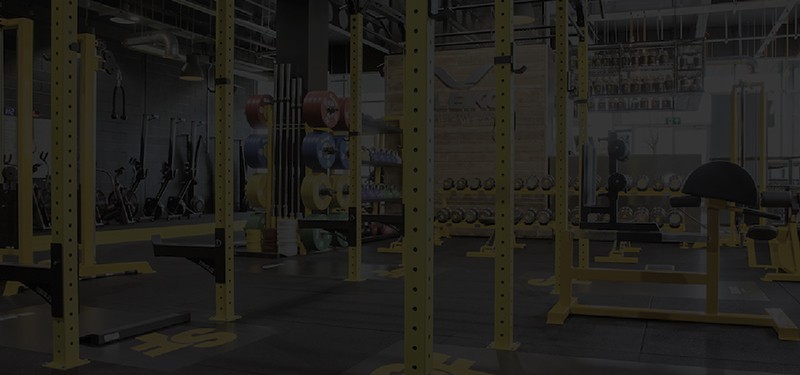


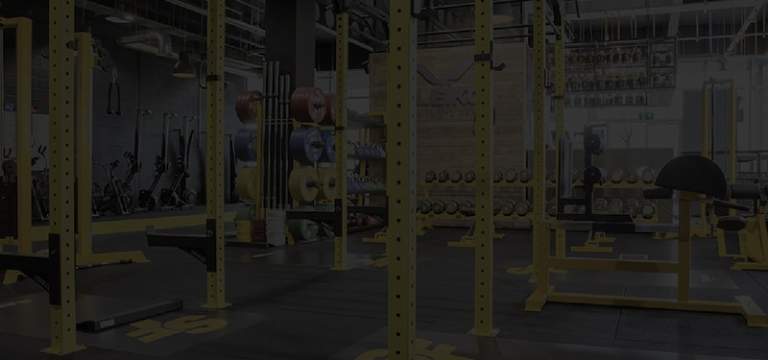

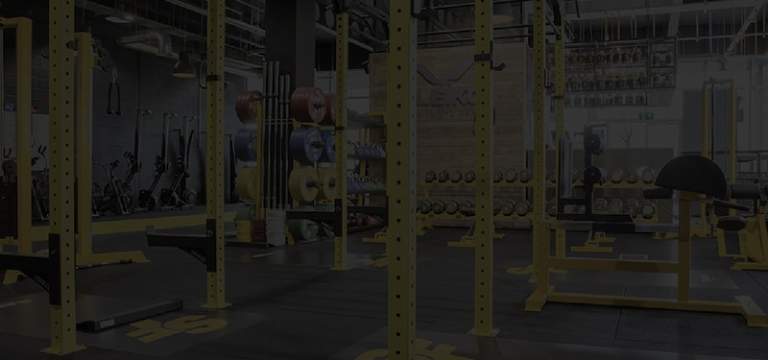

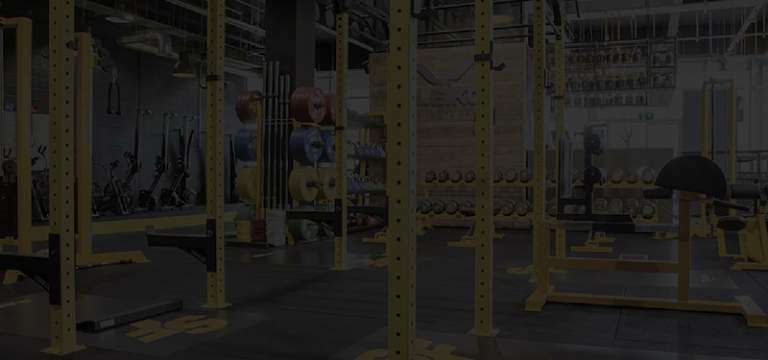

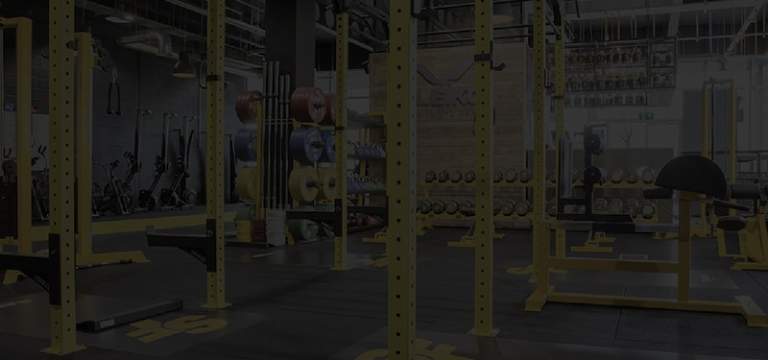
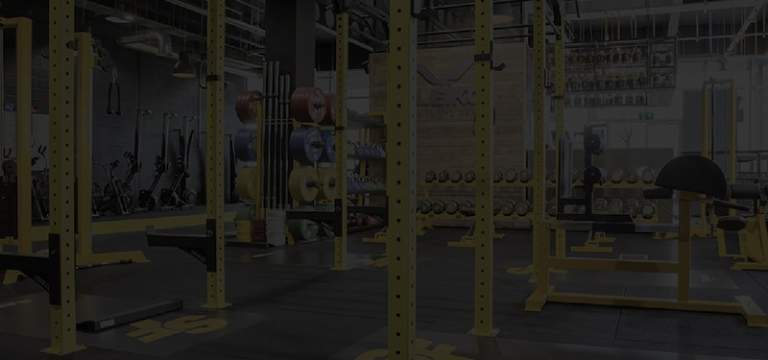
4 Comments
Comments are closed.